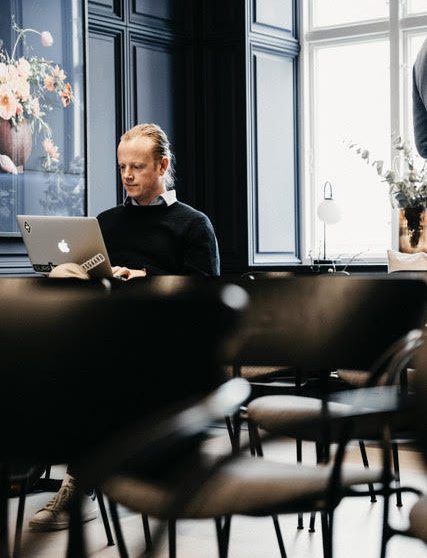
People, Culture & Startups #3 – Culture is at the heart of successfully scaling
One of the biggest financial factors when scaling are people, often only beaten by marketing spend. Why? Because you’re looking into the scenario of 3 x’ing your organisation. How do you cope with these challenges, at how do you outline your ambitions for your culture integrating the diverse international subcultures? Frederik Lysgaard Vind from Nøie takes us through his personal experiences and into the center of building a scale-up organization.
This might sound crazy, but one of the biggest, yet most overlooked, challenges in a venture funded setting is actually ‘burning’ money fast enough after a funding round. Don’t get me wrong, it’s easy to waste money, but it’s difficult to spend it wisely – and to do so fast enough. You’re often looking at funding rounds to carry you around 1-1.5 years and within that period of time, you have ambitious goals to reach in order to be able to reach the next funding stage. E.g., you have only a three month timeline for a new hire (from planning to onboarding). What you’re then left with is limited time to perform and reach those ambitious goals. That was my thinking (and worry) – when I pivoted from an investor to a startup position back in November 2020. I had at that time the pleasure of joining Nøie as employee number 15 (or thereabout – I’m a People guy, not a numbers’ guy). Not long after, we closed our Series A funding round of around €10m at the beginning of 2021. Fast forward to today and we’re about 40 employees. And we’re still growing. The following are my learnings from that process and how to establish a People & Culture function at an impactful, hypergrowth scaleup.
This is not your typical scale-up journey
Just to be fully transparent, the scale-up journey that we’re on at Nøie is not your typical scale-up journey. I’m very spoiled as we’ve chosen a people-first scaling strategy, basically meaning that People & Culture (P&C) is highly prioritized.
I joined before the ‘real’ organisational growth kicked in, allowing me to plan and prepare for it. And I entered an organization that already had an amazing culture and an organization where P&C already was highly prioritized by the founding team. Today, our P&C team counts 3 and we’re looking to add a fourth member to the team. That means the P&C to employee ratio will be about 1/15.
Normally, you wouldn’t see a P&C function before the organization is counting around 50 employees. At this point, the culture would already have taken some serious hits, meaning most of your work would then be damage control and administration (what a great start for any P&C function). While this seems to be the norm for most scaleups, I believe that having P&C joining ‘late’ is one of the biggest dangers in getting a non-strategic approach to P&C. The P&C employees will simply be late from the beginning.
Preparing for scaling
Allow me to describe one of the key aspects we’ve worked with in order to prepare for scaling. This has been going on from about November 2020 to March 2021. While this may not sound like a lot of time, bear in mind that start-up years are like dog years (woof woof).
Get a grip on your unique culture and values
Why are your people with you? Why do customers buy from you? Why have investors invested? Who do we want to be inspired from (books, advisors, networks)? Not to forget, what makes us and our business model unique? Oh, and what do we wish to build the future on and what should we leave behind?
These are just some of the questions I believe you need to be asking yourself when identifying your unique culture and values. And doing so was basically my first assignment together with our Brand team (brand and culture should be closely aligned for external and internal values to really kick in). This is what we came up with and how we put it to use:
First of all… What is culture?
Culture belongs to everyone and no one. It’s everything and nothing. It’s not cut in stone, nobody owns it or controls it, but we can work actively with it, invest in it, and form it.
Confusing much? Let me elaborate:
Culture is the sum of our people, making it ever-changing. Especially when you’re adding new team members to the team at the pace that we and other scale-ups do. Culture is the way we interact and trust each other, the way we share (or don’t share) knowledge. It’s the resistance and willingness towards changes.
Culture is represented in our collective values, our common beliefs, principles, systems, ways of working, assumptions, environment, location, habits, and, believe it or not, so much more.
One thing for sure: Culture is absolutely key to successfully scale.
I don’t believe that a company has one true culture; it’s a dynamic mix of sub-cultures changing over time. Therefore, you can’t define one true culture and put it on paper. But what you can put on paper is your culture ambitions: How you strive to form your culture, and your way of showing that you’re dedicated to creating a unique culture for the talents of your organisation. This should be a dynamic document, meaning it should be revised and updated as you develop, grow and learn.
Culture thrives when it’s unique and founded in core of the business
When working with culture, I’m always on the lookout for its unique traits. And the following values are what I believe are unique to Nøie:
1. We obsess over feedback
This one may sound rather generic and I’m pretty sure you’d hear people like Jeff Bezos say something along those lines. But I believe it becomes unique when it’s integrated in our business model.
User feedback is at the very core of Nøie’s business model. Our formulations are fine-tuned each and every day as a direct result of that feedback. In fact, we believe this is how we’ll revolutionize the skincare market and make sure we can increase the quality of life for people with skin concerns. Therefore, it’s of the utmost importance that we develop and activate feedback internally in our culture too.
In short, we believe that many companies fail simply because they stop listening to their customers. The same goes for people when we’re not giving and receiving feedback. That’s why we’re continuously obsessing about gathering feedback as an input that we can then actively translate into a better output. Both in terms of product, personal and professional development.
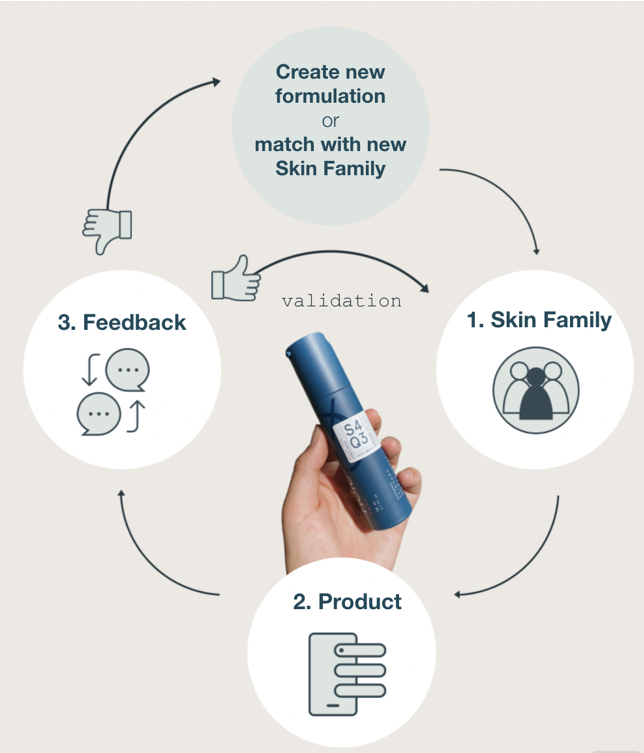
More specifically, feedback is built into the rhythms of our business. As an example, we conduct Quarterly Feedback Sessions with the goal of getting and giving feedback. The purpose is to continuously train everyone in the organisation in giving and receiving feedback.
The feedback culture at Nøie is unique and something that overwhelmed me when I joined. Now, I’ve grown to love it. In the beginning, I was blown away with the feedback I got from all angles in the organisation and in all settings: forums, group meetings, people pulling me aside, and my direct manager wanting to give me ‘brutally honest’ feedback. Oh, and also on Slack in open discussions. I’ve personally adjusted my working style to it, and today I’m working with a much more open and transparent style. As a result, I regularly share findings, progress, show vulnerability, and ask for feedback way more openly than before. All because I’ve come to realise that I don’t have to come up with all the answers myself and that it’s totally fine to make wrong assumptions. Also, I’ve learned that people can handle way more complexity than I used to think.
2. Acting Beyond Business
We’re trying to revolutionize the skincare industry in two ways: Firstly, in terms of increasing the quality of life for people with skin concerns. Secondly, we’re looking to do so in what we believe is the right way. To us that means strict attention to our carbon footprint (we’re looking to become carbon negative by this year).
One thing is us, as a company, acting beyond business, but that also means that the people we’re sourcing need to have a desire to act beyond business too. A job at Nøie shouldn’t just be a great career path – it should be bigger than that. We wish to inspire society, our community, and our employees to do good. That goes for the products we make, the knowledge we share, and for our ambitious focus on sustainability.
Our impact is a huge driver in the organisation: It’s defining our product road map, as we develop the products with the biggest impact on the quality of life for our users. Stories are constantly being shared internally with feedback from users, where we’ve made a positive change – but also stories that pinpoint where we can improve.
Acting beyond business is a major factor when we’re hiring: We want people that are driven by a bigger purpose and who can inspire the organisation. From a performance perspective, we believe that motivation and cultural fit go hand in hand. On that note, we’ve had to pass on many highly skilled people.
One of our ways of putting this to work, and in our strive to make a job at Nøie be more than just a job, is by giving our employees a feeling of ownership of the company. Not just regarding their own responsibilities, but towards our overall responsibilities as a company. And what’s a better way to make employees feel ownership by giving actual ownership? Every single employee at Nøie is part of our warrant program, making them co-owners of the company over time.
3. We all have skin
This is our main take away when formulating our approach towards diversity and inclusion. And that’s not only interesting from a P&C perspective, but also a pretty big deal when it comes to our ways of working with skincare.
It’s no secret that from a product perspective, diversity and inclusion is lacking in the skincare industry: Many products are developed for middle-aged white females. With our customized approach, we’re able to serve our users’ diverse needs, for instance encompassing new demographics, gender specifics or neutral, ethnicity/skin tone and generations.
“At the same time, building on customization, we naturally need to be close to our users and potential users to understand their individual needs.”
As we’re working with a very diverse user group, having skin concerns as the most common trait, the best and most intuitive way for us to understand our users and be close to them is by being diverse and inclusive ourselves.
The urge for diversity and inclusion really came clear when we were interviewing all employees at one point. It was brought up in most of the interviews with statements like “we should look for something new in each hire” and “I love how I get inspired when we work cross-functionally”. I believe that with our many functionalities, we’re a great mix of R&D, marketing, data, tech, and community care people, and our ways of working in cross-functional teams have been a naturally given driver for building an inclusive and diverse culture. By the way, I found that the biggest resistance was among some of our female employees that feared being advantageous due to gender only.
During my time at Nøie, we’ve changed from a Danish market orientation to a European one. So it should be no surprise that becoming more international has been on the agenda. And we’ve seen great progress on this: We’ve basically grown from being only Danish speakers to now being 8 nationalities and we now have English as the corporate language.
What we learned on this journey is that it’s the beginning that’s tough, especially from an employer branding perspective. Nobody wants to be the first foreign language speaking person to join, but once we got the first international employees onboard, we’ve seen a raise in the applicant fields as well as better ‘conversations’ in our outreach (headhunting).
Some of the stuff that we’re committed to when it comes to D&I are:
- To become more aware of our individual biases and try not to let them affect our decisions in non-diverse and -inclusive enhancing matters. On that note, we’ve tested to blind CV’s and applications in our recruitment process, but have found it to be a limiting factor as we thereby cannot actively promote diversity as we are trying to
- Put great efforts into every new person we bring onboard and strive for the best talent every time both from a performance, diversity & inclusion, and culture-building perspective. In fact, we believe that all of these matters are equally important in our overall evaluation
- Be ambitious about the forming of an inclusive and diverse culture. We do actively try to engage and support underrepresented* individuals, especially to foster the hidden talents that can support us on our growth journey.
At the moment, we have more or less a 50/50 gender split, have 8 nationalities among our 40 employees, and we’re seeing great development in some of the other typically underrepresented groups.
Who am I?
My name is Frederik and I’m the Head of People & Culture at Nøie.
At Nøie, we want to create the best products and services to increase the quality of life for people with skin issues throughout their life. We have just closed a Series A and we’re in the midst of scaling our entire organisation both within people, market and solution. We have experienced hands-on the shift from the market testing phase to the scaling phase and how this shift brings the needs for a new type of organisation – not to mention communication, rhythms, and line of sight.
This is the second post of a series of 5 posts that’ll be shared bi-weekly. I’ll dive into different areas of the work with People & Culture in startups and scaleups. The next post is not written yet, so if you have any suggestions or ideas for a topic, please feel free to reach out.Not to forget: As we’re scaling fast, we’re always on the lookout for talented people throughout the entire organisation. If you’re interested in working in an impactful scaleup, either visit our career site careers.noie.com or connect with me on LinkedIn and send a message.
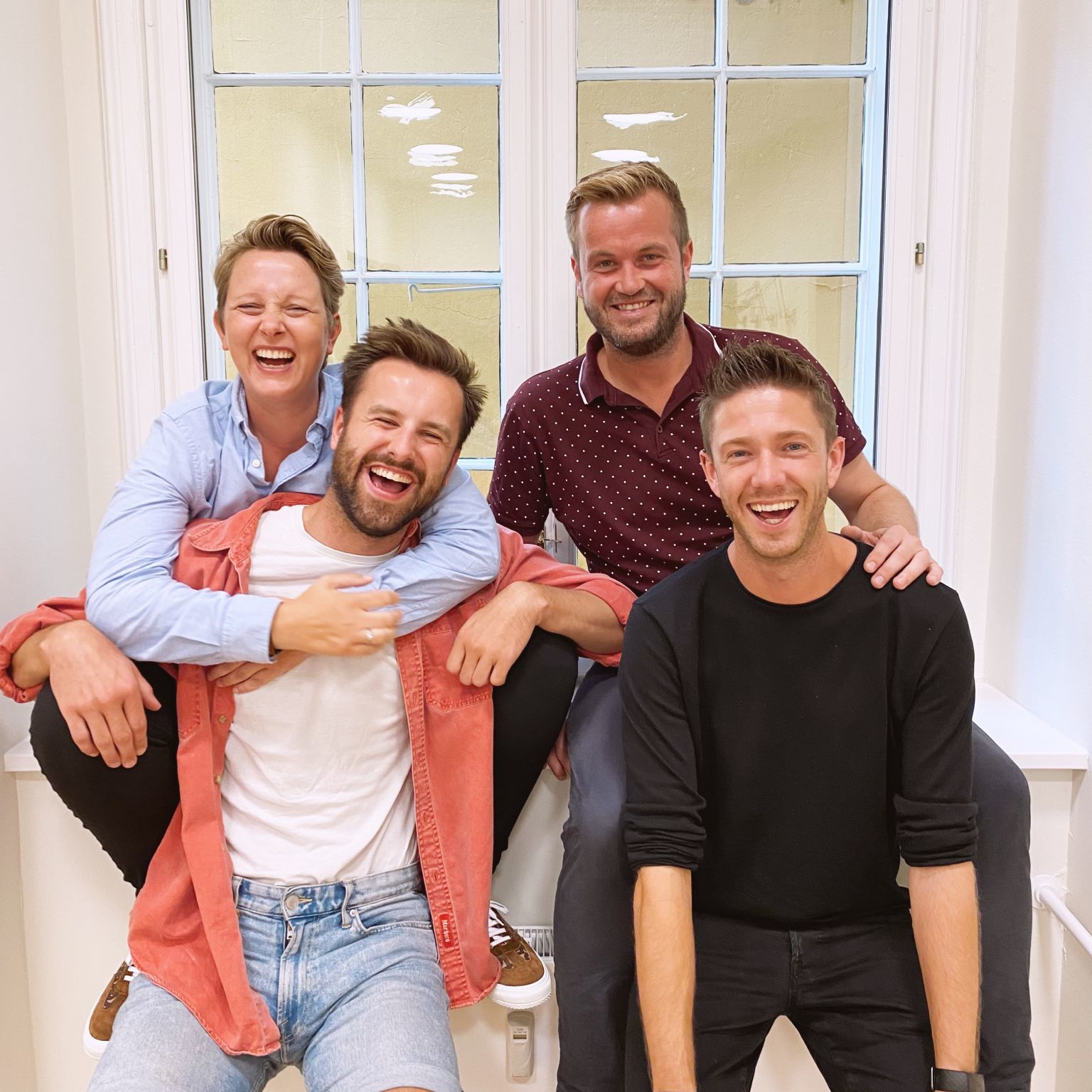





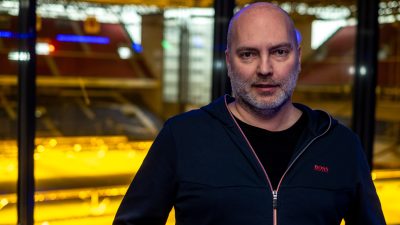
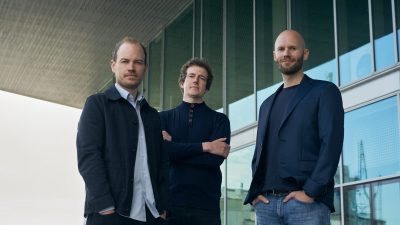
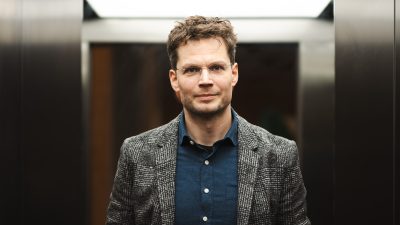
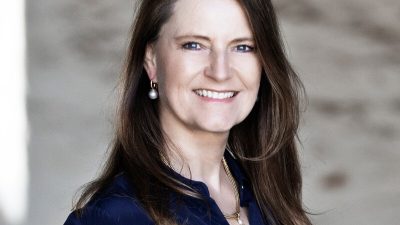

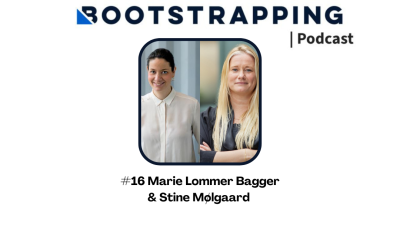

Comments